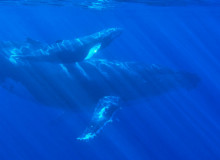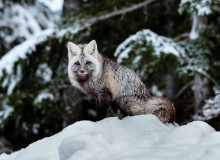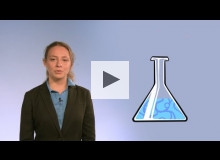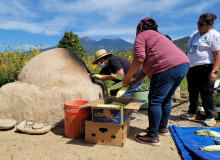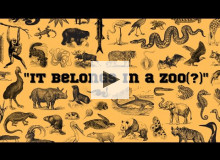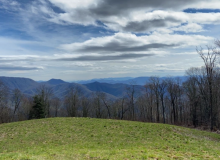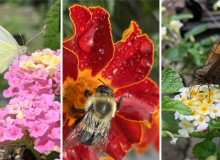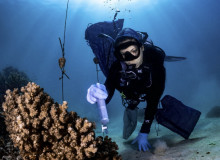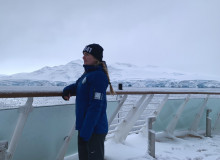Colleges & Education
University of Connecticut
As the oceans grow noisier from human activities, scientists race to find ways to educate the public about how to combat noise pollution.
Indigenous Correspondents Program | Evergreen State College
In this story, I reflect on relearning who I am, what I value, and how incorporating traditional ecological knowledge into my studies has helped a fox population begin its rebound.
George Washington University
Bacteria can detect, quantify, and remove dangerous chemicals from the environment at a cheaper and faster rate than other technologies, making it ideal for superfund sites, and low-income countries.
University of Florida
A Fort Myers hydroponic farming family, whose crops were destroyed by Hurricane Ian, recovers and rebuilds alongside the community.
Indigenous Correspondents Program | Northern Arizona University
Two Indigenous environmental professionals share how their work supports climate justice and is informed by their heritage.
SUNY Environmental Science and Forestry
Several SUNY-ESF students explore the ethical debate surrounding modern zoos and animal captivity in this short documentary film.
Indigenous Correspondents Program | Dartmouth College
This photo essay explores the ways that knowledge of Indigenous plant gathering, harvesting, maintenance, and sovereignty have been passed down by the generations and practiced by my family.
University of Connecticut
Migratory pollinators are losing habitat due to human development. These Connecticut gardeners are fighting back.
New York University
It's still unknown how useful probiotics could be for at-risk wildlife. But worried microbiologists around the world are urgently testing out treatments on everything from corals to frogs with doses of beneficial bacteria.
Middlebury Institute of International Studies
Libby Mohn reflects on witnessing climate change firsthand in Antarctica and connecting it to her everyday life.

